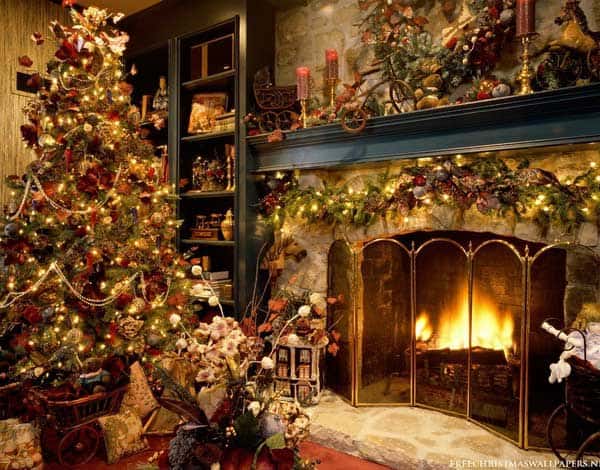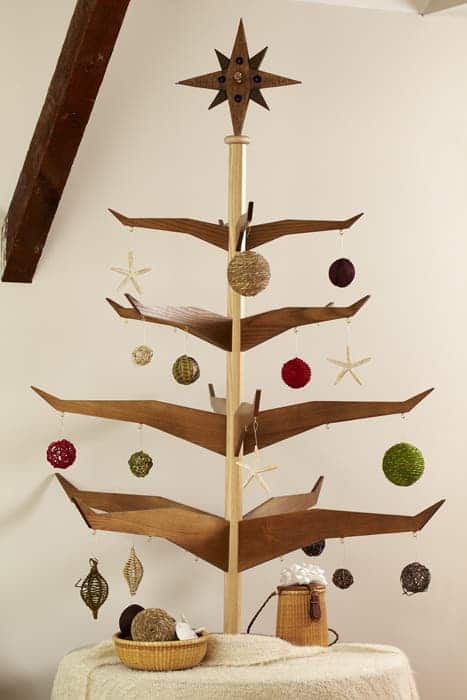Confession: when I was younger I thought that all Christmas trees are the same species. There are actually many different species and they all have different traits. By learning about the traits of each you can choose the most perfect tree for you!
Here is a run-down on some of the most popular and available types:
Europe
Nordmann Fir
Latin name: Abies nordmanniana
Native to: the Caucasus Mountains south and east to the Black Sea
Pros: it has a nice conical shape, the needles stay on the tree for a long time, the needles are a nice color and not sharp.
Cons: on the more expensive side.
Fun fact: its soft white wood is often used for paper production.
Norway Spruce
Latin name: Picea abies
Native to: central, northern, and eastern Europe
Pros: structured pyramid shape, nice smell, easy on the wallet, soft needles
Cons: needles are a bit sharp and can fall off, sticky sap on trunk
Fun fact: the oldest tree in the world, nicknamed Old Tjikko, is a Norway spruce and is about 9,550 year old!
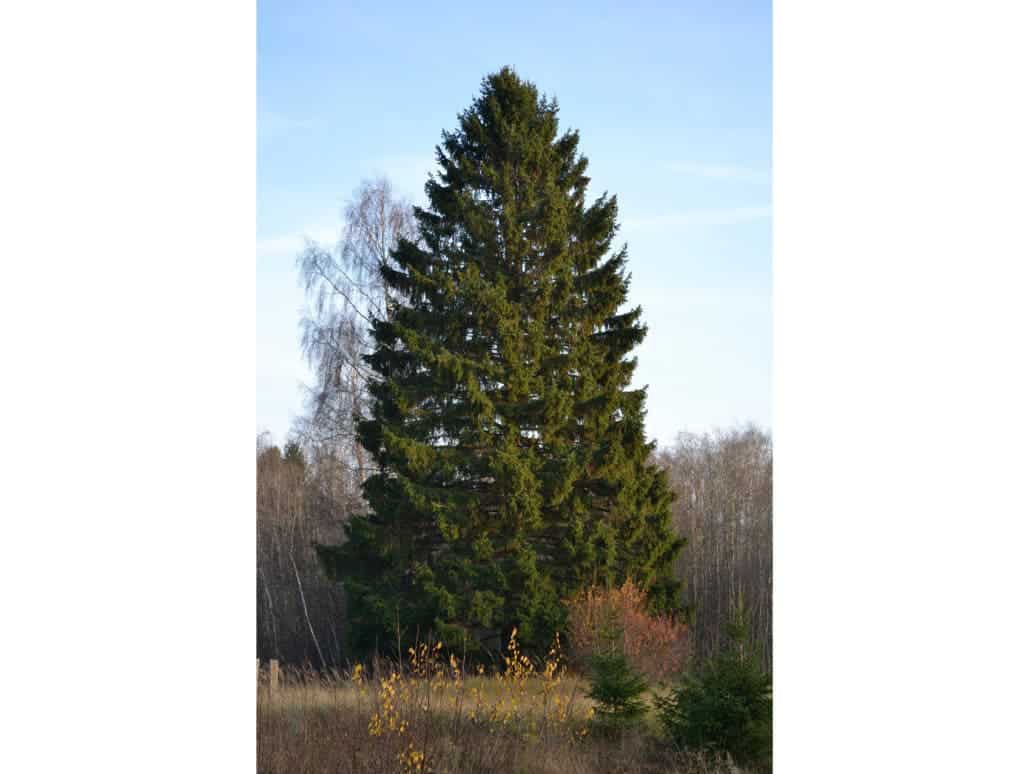
Silver Fir
Latin name: Abies alba
Native to: central and southern Europe
Pros: nice conical shape, good needle retention
Cons: may not be available at all tree markets, sparse foliage
Fun fact: was the first species used as a Christmas tree.
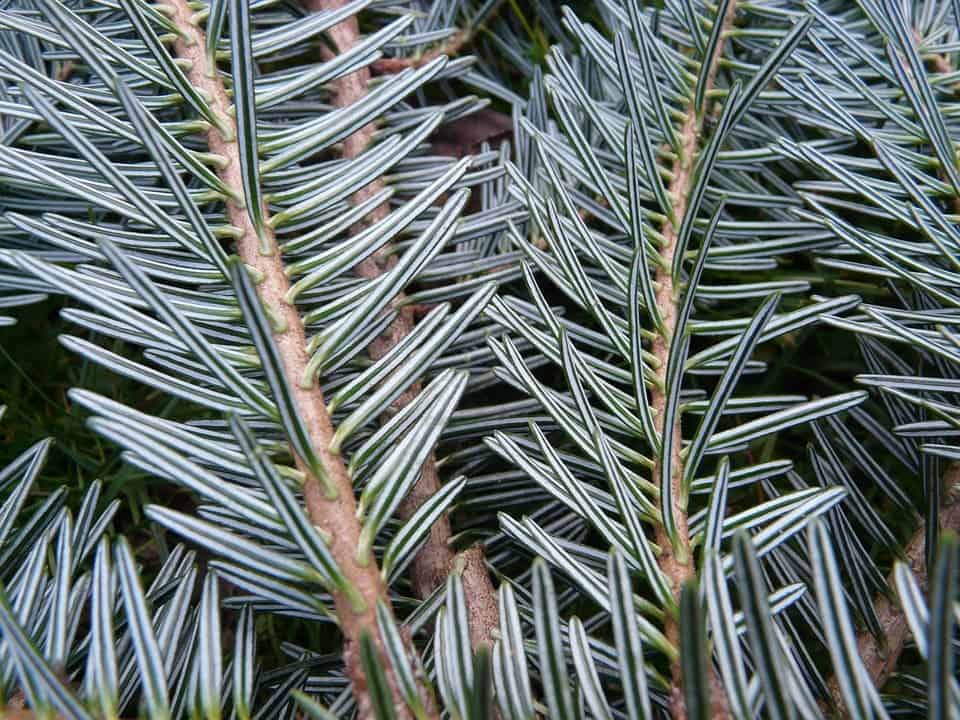
The Blue Spruce
Latin name: Picea pungens
Native to: Rocky Mountains in USA
Pros: blue-green color, nice conical shape, very symmetrical, holds needles
Cons: sharper needles
Fun fact: the latin word “pungens” means sharply pointed and refers to the needles.
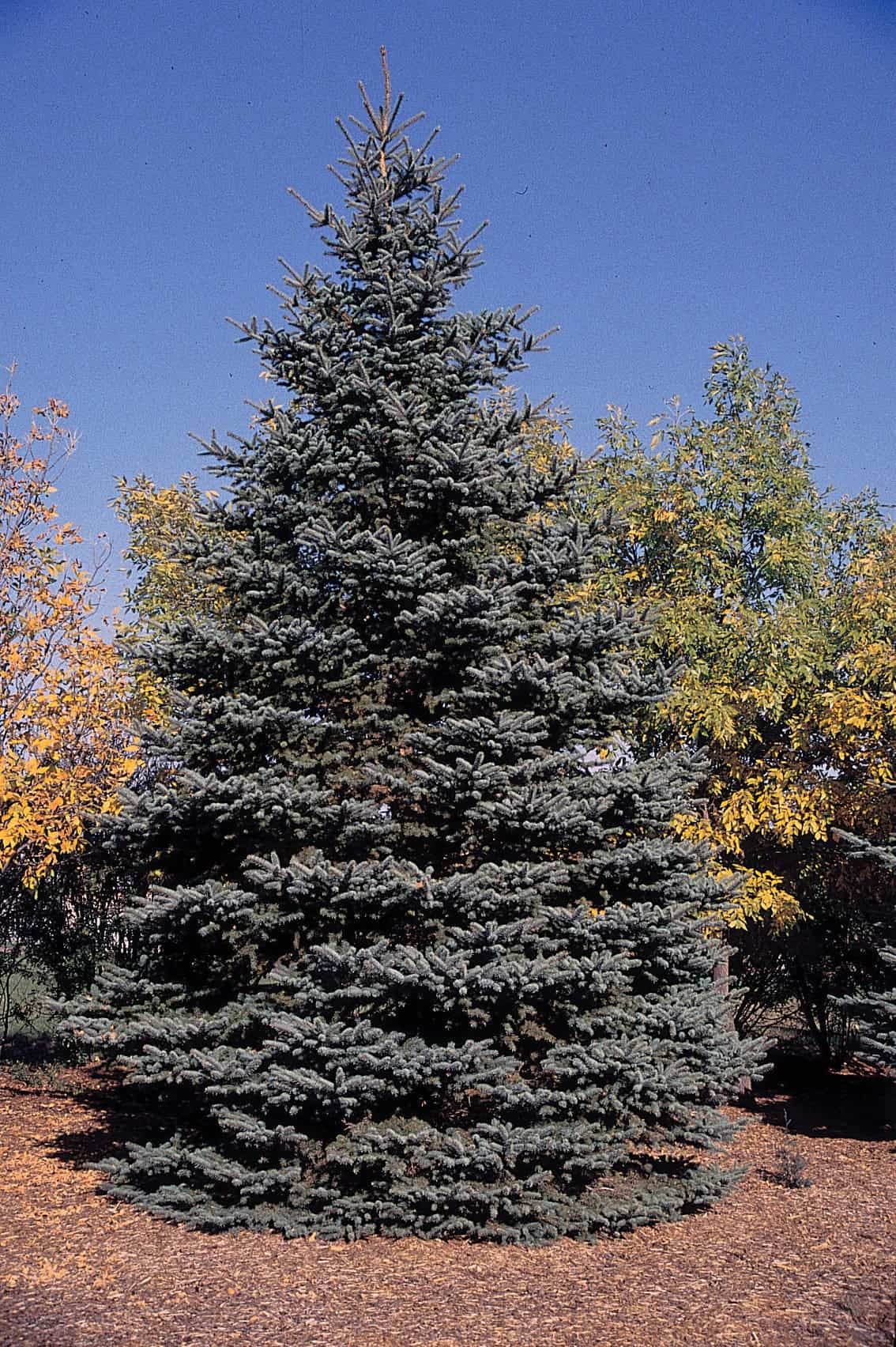
The Scots Pine
Latin name: Pinus sylvestris
Native to: all across Eurasia
Pros: nice conical shape when young, long-lasting aroma, good needle retention
Cons: flexible branches aren’t good for heavy ornaments
Fun fact: One of the few used as Christmas tree and both Europe and North America.
Others: Noble fir (Abies procera), Serbian spruce (Picea omorika), Stone pine (Pinus pinea), Swiss pine (Pinus cembra)

North America
Fraser fir
Latin name: Abies fraseri
Native to: small area at higher altitudes in southern Appalachians
Pros: dark green soft needles, ships well, excellent needle retention, nice scent, strong branches, compact (good for limited spaces)
Cons: dense foliage not ideal for hanging many ornaments
Fun fact: named after the Scottish botanist who explored the Appalachians in late 18th century.
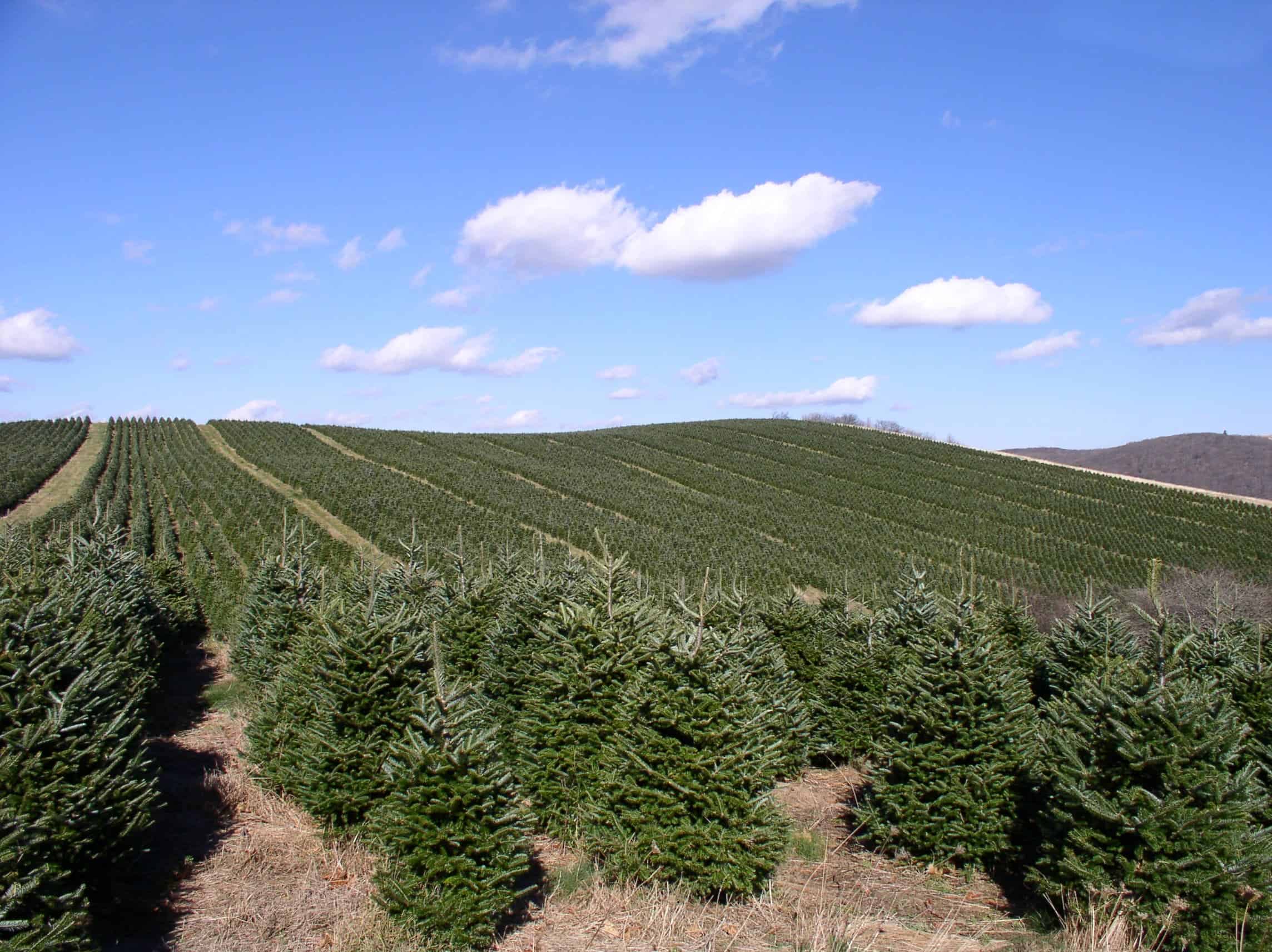
Douglas fir
Latin name: Pseudotsuga menziesii
Native to: Western North America
Pros: nice dark green, blue-green color, soft needles, full looking, sweet smell
Cons: weak branches
Fun fact: This tree species is not a true fir and has its own unique species classification.

Balsam fir
Latin name: Abies balsamea
Native to: across Canada and eastern USA
Pros: soft needles, retains needles well, fragrant, durable
Cons: more expensive
Fun fact: named for the balsam (resin) found in the bark, which was used to treat wounds in the Civil War.

Eastern White Pine
Latin name: Pinus strobus
Native to: eastern North America
Pros: little fragrance (good for people who suffer from allergic reactions), retains needles
Cons: weak branches, little fragrance
Fun fact: largest pine tree in the USA.
Virginia Pine
Latin name: Pinus virginiana
Native to: Eastern USA
Pros: strong braches, cheap, nice scent
Cons: sharp needles
Fun fact: it has only started being used as a Christmas tree recently.
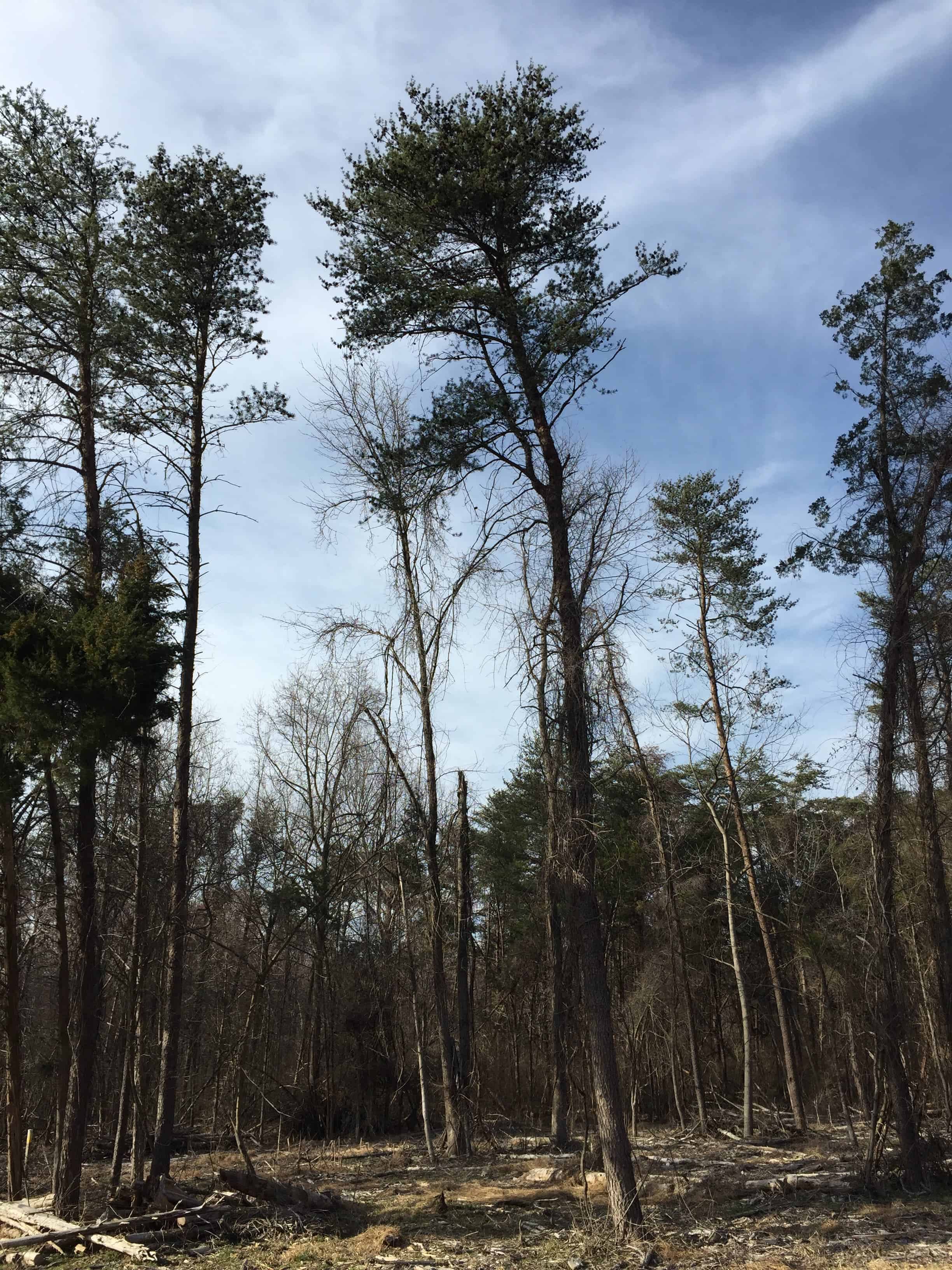
Others: Blue spruce (Picea pungens)- see Europe, Scots Pine (Pinus sylvestris)- see Europe, Eastern Red Cedar (Juniperus virginiana), White Spruce (Picea glauca), Grand fir (Abies grandis), Noble fir (Abies procera), Red fir (Abies magnifica), White fir (Abies concolor), Pinyon pine (Pinus edulis), Jeffrey pine (Pinus jeffreyi)
When you buy a Christmas tree this holiday season, be an informed shopper and choose the one that matches your needs the most.
